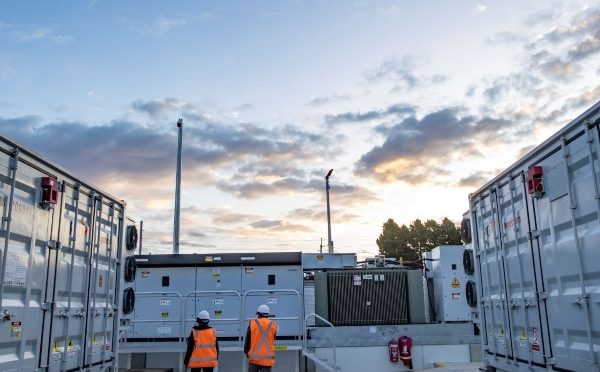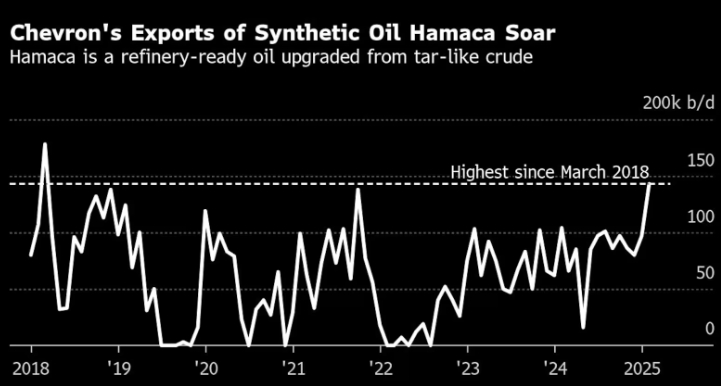
The role of energy storage in hybrid solar and wind power systems is becoming increasingly important as the world moves towards a more sustainable future. As the demand for clean and renewable energy sources grows, so does the need for efficient and reliable energy storage solutions. Energy storage is essential for maximizing the utilization of renewable energy generated by hybrid solar and wind power systems, ensuring that the power generated is not wasted and can be used when it is needed most.
One of the main challenges faced by renewable energy sources like solar and wind is their intermittent nature. Solar power generation is dependent on sunlight, which is not available during the night or on cloudy days. Similarly, wind power generation relies on wind, which can be unpredictable and vary in strength. This intermittency can lead to periods of excess energy generation when the sun is shining or the wind is blowing, and periods of insufficient energy generation when the sun is not shining or the wind is not blowing. Energy storage systems help to address this issue by storing the excess energy generated during periods of high renewable energy production and releasing it during periods of low production, ensuring a continuous and stable supply of power.
Energy storage systems can take various forms, including batteries, pumped hydro storage, compressed air energy storage, and flywheels. Among these, batteries are the most common and widely used form of energy storage in hybrid solar and wind power systems. Battery energy storage systems (BESS) can store the electrical energy generated by solar panels and wind turbines, allowing it to be used later when needed. This not only helps to smooth out the fluctuations in renewable energy generation but also enables hybrid solar and wind power systems to provide power during peak demand periods, reducing the reliance on fossil fuel-based power plants.
In addition to smoothing out the intermittency of renewable energy sources, energy storage systems can also help to improve the overall efficiency and reliability of hybrid solar and wind power systems. By storing excess energy, these systems can reduce the need for additional power generation capacity, leading to cost savings and a reduced environmental impact. Furthermore, energy storage systems can provide ancillary services to the grid, such as frequency regulation and voltage support, which can help to maintain the stability and reliability of the power system.
The integration of energy storage systems into hybrid solar and wind power systems is not without its challenges. One of the main barriers to widespread adoption is the cost of energy storage technologies, particularly batteries. However, as technology advances and economies of scale are achieved, the cost of energy storage is expected to decrease, making it more accessible and attractive for renewable energy projects.
Another challenge is the need for effective management and control systems to ensure the optimal operation of energy storage systems in conjunction with solar and wind power generation. This requires sophisticated software and algorithms that can analyze and predict renewable energy generation patterns, as well as the ability to respond to changing grid conditions and energy demand.
In conclusion, energy storage plays a crucial role in maximizing the utilization of renewable energy generated by hybrid solar and wind power systems. By addressing the intermittency of these energy sources and improving the overall efficiency and reliability of the power system, energy storage systems can help to accelerate the transition towards a more sustainable and low-carbon future. As technology continues to advance and costs decrease, energy storage is set to become an increasingly important component of hybrid solar and wind power systems, unlocking their full potential and paving the way for a cleaner, greener future.







